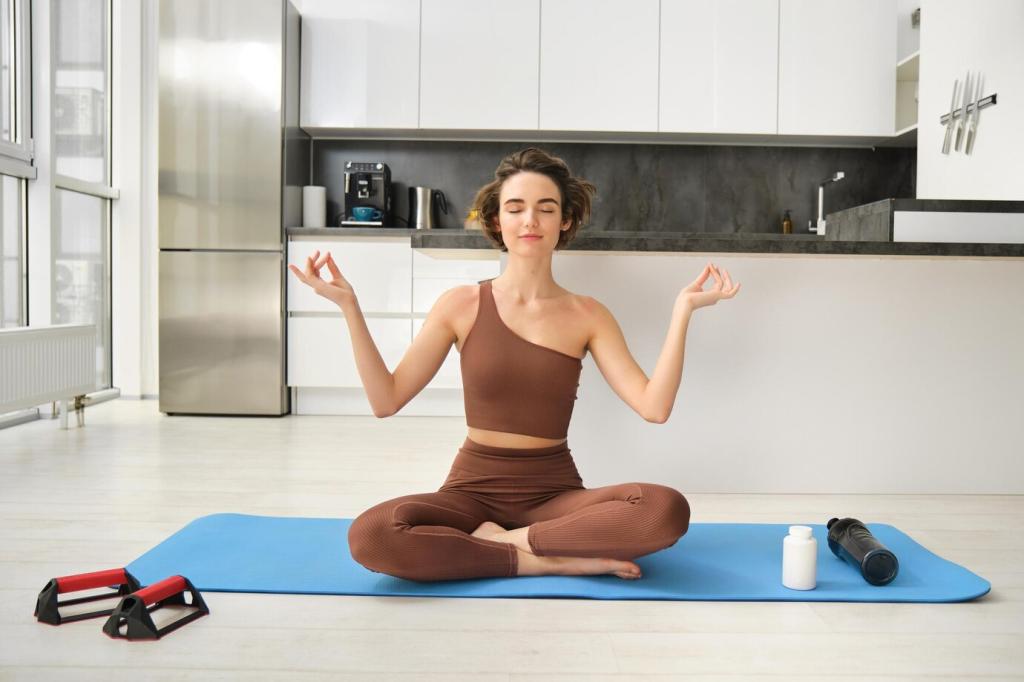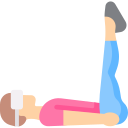
Customized Yoga Plans for Weight Reduction: Start Personal, Stay Consistent
Today’s chosen theme: Customized Yoga Plans for Weight Reduction. Welcome to a space where your goals, schedule, and body guide a sustainable practice. We’ll blend precise sequencing, breathwork, and recovery so you can reduce weight without burning out. Subscribe and share your starting point to receive gentle nudges, weekly prompts, and supportive tweaks tailored to your unique journey.
Establish an honest baseline
Note your current energy levels, sleep quality, and how your joints feel after daily tasks. Record a few simple measures—waist fit, resting mood, and breath ease—to anchor progress without obsessing over numbers.
Define a clear weight reduction outcome
Choose a sustainable target like improving clothing fit, moving with less strain, or reducing body weight by five to seven percent. Write your deeper why, because meaningful reasons anchor motivation when routines get challenging.
Set a realistic time and energy budget
Decide on three anchor days and two flexible boosters each week. Pair sessions to natural cues, like after morning coffee or post-work walk. Comment your ideal schedule so we can help shape your plan around real life.
Blueprint Your Flow: Sequencing That Supports Weight Reduction
Use short bursts of dynamic movement—think three cycles of flowing sun salutations—followed by steady nasal breathing. This alternating rhythm elevates heart rate safely, improves stamina, and allows beginners to scale intensity with simple modifications.
Breath, Metabolism, and Mindset
Pranayama to tame stress and appetite
Try box breathing or a gentle 4-7-8 pattern after evening practice. Calming the nervous system before meals and sleep helps reduce stress-driven cravings, supporting more deliberate choices without rigid rules or shame.
Breath pacing during flows
Match movement to breath—inhale to lengthen, exhale to stabilize. This steady cadence prevents overexertion, keeps technique tidy, and allows you to work hard without tipping into chaotic effort that undermines recovery.
A mindful pause that changes outcomes
One reader, Maya, added a two-minute breathing pause before late-night snacks. Most nights, the urge softened enough to choose tea instead. What cue could help you pivot gracefully? Share your idea so we can refine it together.
Add five minutes of legs-up-the-wall, gentle supine twists, or supported child’s pose after intense flows. These signals help your nervous system downshift, turning today’s effort into tomorrow’s energy.
Recovery That Fuels Results
Sprinkle in ankle circles, hip CARs, and shoulder flossing before vinyasa. Better joint readiness improves alignment, power transfer, and confidence, especially when increasing holds and transitions across your customized plan.
Recovery That Fuels Results
Protein-forward, plant-rich plates
Aim to include a quality protein source, colorful vegetables, and fiber at most meals. This combination supports satiety and muscle recovery, making it easier to sustain consistent, effective practice across the week.
Hydration and timing that help performance
Sip water steadily and consider a small protein-carb snack about an hour before strong flows. Post-practice, rehydrate and include protein to nudge recovery forward without complicated rules or spreadsheets.
Mindful eating cues that stick
Use a gentle hunger scale and plate pauses. One commuter practices three breaths between bites, which slowed eating enough to notice fullness. What small cue could help you stay present at your next meal?
Notice steadier energy, deeper sleep, easier stairs, or a looser waistband. Jot down moments of ease after flows. These signals often arrive before dramatic numbers and keep morale high.
